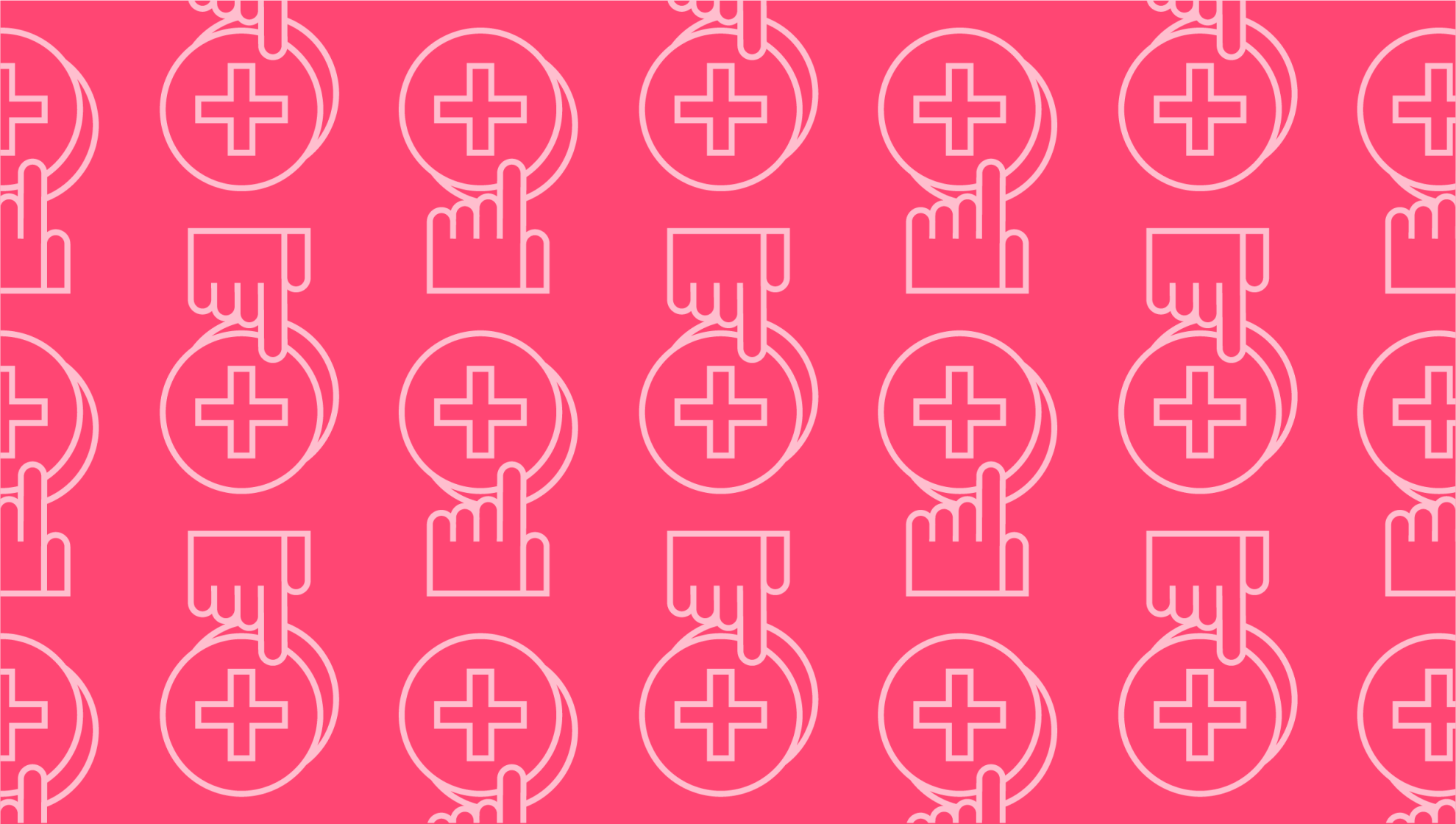
What is a minimum viable product?
Last editedNov 20202 min read
An important step in product development – and a term often used in marketing pitches, project meetings and stakeholder presentations – minimum viable product (MVP) is a great way to demonstrate the potential success and functionality of a new product. In addition, it’s an essential part of achieving product-market fit. Find out everything you need to know about minimum viable products, right here.
What does MVP stand for?
In a business context, MVP stands for minimum viable product. A minimum viable product is, essentially, the first draft. It’s the initial version of your product that has just enough features to provide essential functionality so you can test it with your first customers. It’s often shown to focus groups and selected customers to get feedback on your product design, leaving scope for future modifications.
What is the purpose of your minimum viable product?
A minimum viable product is useful for many different aspects of your business. In terms of product development, it can be a helpful way to work out any early kinks and put design ideas into practice. You may also find that new ideas arise during the process, and consequently, you’re able to develop more efficient ways to create your final design.
It’s also a vital tool for your marketing department, as they can get feedback from the first set of customers and work out the product’s unique selling points, as well as any issues or opinions that internal teams may not have identified.
How do you develop an MVP?
The first step in developing a minimum viable product is identifying what you want the product to look like and what its key features are going to be. You will likely have ascertained this through market research as well as through design meetings.
Once you know what gap in the market you’re attempting to exploit, you can figure out the most essential features to build into your first version. It’s then important to set out a timeline for the different stages of your product to reach a realistic launch date.
Finally, you need to know who your product will be released to and what you hope to get from them. This often means preparing feedback forms or organising focus groups.
How do you know a product is ready to be released?
Because your minimum viable product is the first draft of your product, it won’t look or operate the way you envision your final design doing so. This means that it can sometimes be difficult to ascertain at what point to release your product to your test market. This is why it’s important to outline your goals and key features, so you know which elements are essential to your product. It’s also important to know which aspects of your product you need feedback on and which are most likely to influence your audience’s perception.
Different businesses will want to release their minimum viable product at different stages. If you want early feedback and a chance to adjust your design, you may want to push it out as soon as possible. However, if you have little scope for change and want a clear idea of public opinion of your product, you may want to release it later.
What are some common mistakes made with MVPs?
As mentioned, your minimum viable product should be your first draft, but it’s tempting to try and create a complete design as soon as possible. Not only can this increase your budget and extend your timeline, but it can also leave you less room to make modifications based on the feedback you receive.
Similarly, it’s crucial that you take account of the feedback you receive and the market research you conduct. There’s no point releasing an MVP if you don’t use it to gather the information you can employ in your business plan.
We can help
GoCardless helps you automate payment collection, cutting down on the amount of admin your team needs to deal with when chasing invoices. Find out how GoCardless can help you with ad hoc payments or recurring payments.

